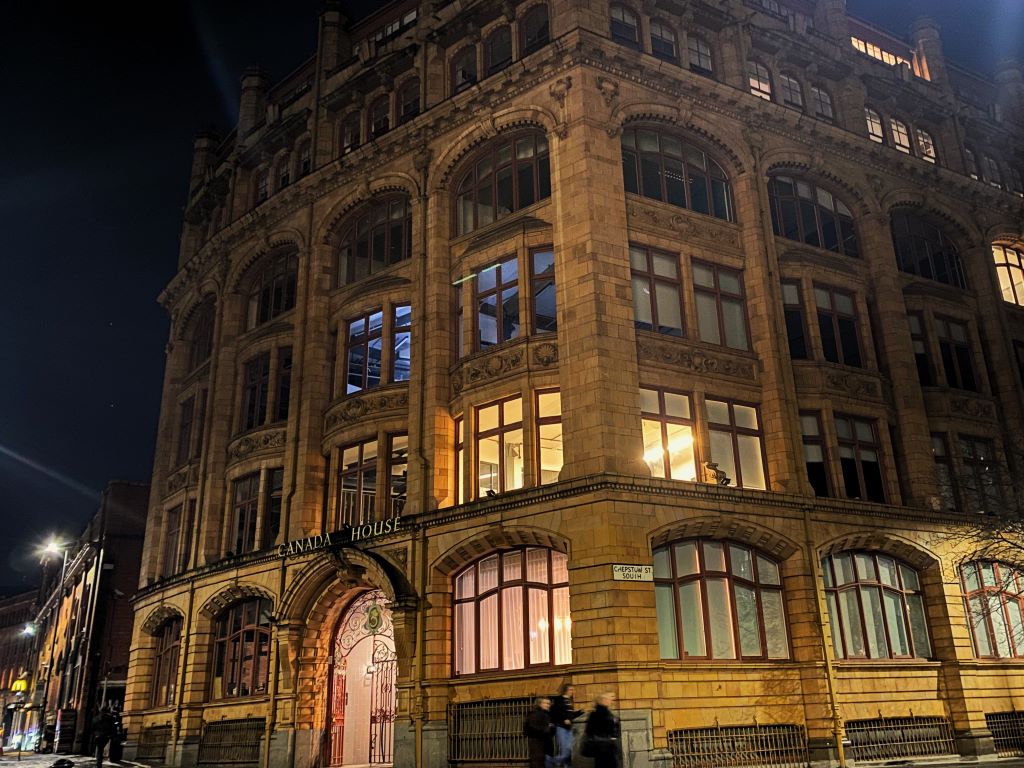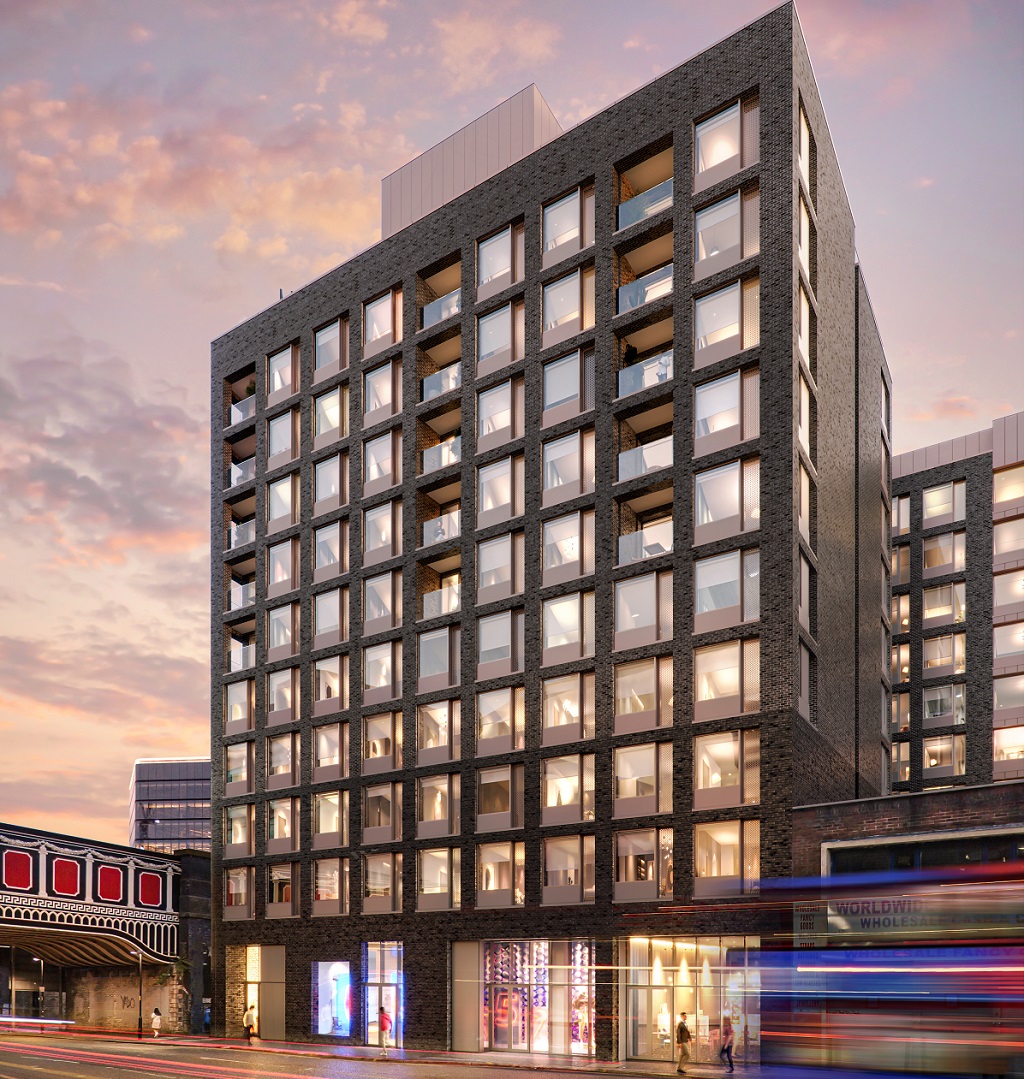VIDEO | Re-imagining education real estate
Experts from across the industry gathered in Manchester to discuss the latest thinking around how a modern university campus should function for students and the barriers to achieving that vision.
The roundtable discussion, hosted by Fairhursts Design Group, also explored the growing importance of providing students with links to industry and the role this can play in preventing brain drain.
The discussion, which you can also watch on Place North West’s YouTube channel, was hosted by senior reporter Dan Whelan.
The participants were:
- Peter Dentith, head of projects at the University of Salford
- Ben Small, director at Arcadis
- Gretta Starks, head of place and communities at Rider Levett Bucknall
- Laura Sherliker, director at Fairhursts Design Group
- Klaire Daggatt, associate director at Fairhursts Design Group
- Andy Macfarlane, director at Curtins
- Daniil Dale, senior design manager at Wates
- Stephen Platt, associate at Arup.
Key talking points
Peter Dentith – We are in the third decade of the 21st century, and I think space has to reflect that. And the teaching methodology, and the attitudes of the staff have to reflect that as well. Because otherwise, we won’t be preparing young people to take that first step into work.
Ben Small – Universities are much more engaged with industry partners, as to what initiatives they’re looking at in the workspace, which is then reflected in the teaching institutions and some of the briefs that we’re seeing.
Gretta Starks – If we can make our estates work more efficiently, and we can use space better, that makes projects more viable. But there is no doubt that it’s a challenging time for everybody. If we get it right, hopefully, it means we’re providing buildings that are more efficient that from an OpEx perspective, work better.
Laura Sherliker – I think we all have to come together as a team to look at what is important. From the client and the pedagogy and the teaching all the way through to the architecture and the placemaking, and then through to sustainability. So it’s about weaving all of those key elements together that create successful projects.
Klaire Daggatt – You have to borrow from other people. That’s how you learn. And that’s why those collaboration spaces work so well. You’re not going to meet unless you’ve got those incidental spaces. And that’s something that we’re finding in most of our buildings, that that collaboration space, that atrium, that street, that staircase, might be the place where a whole new idea gets created.
Andy Macfarlane – As an engineering consultant, what we are taking as a key part of our brief nowadays is design for future flexibility. A lot of that becomes about how spaces are designed architecturally, from an engineering point of view and about fundamentally how you can change and repurpose them.
Daniil Dale – You have to be creative in terms of how you deliver what the client wants. And this is where good design comes in. Because good design doesn’t have to cost a lot, the best thing is probably to have a closer connection with the business, to actually have a relationship.
Stephen Platt – It’s very much [about] design teams moving from building design into experience design and just carving away the inefficiencies that we see on many campuses and that being the enabler to bringing about the sort of quality of experience that I think universities are craving.




